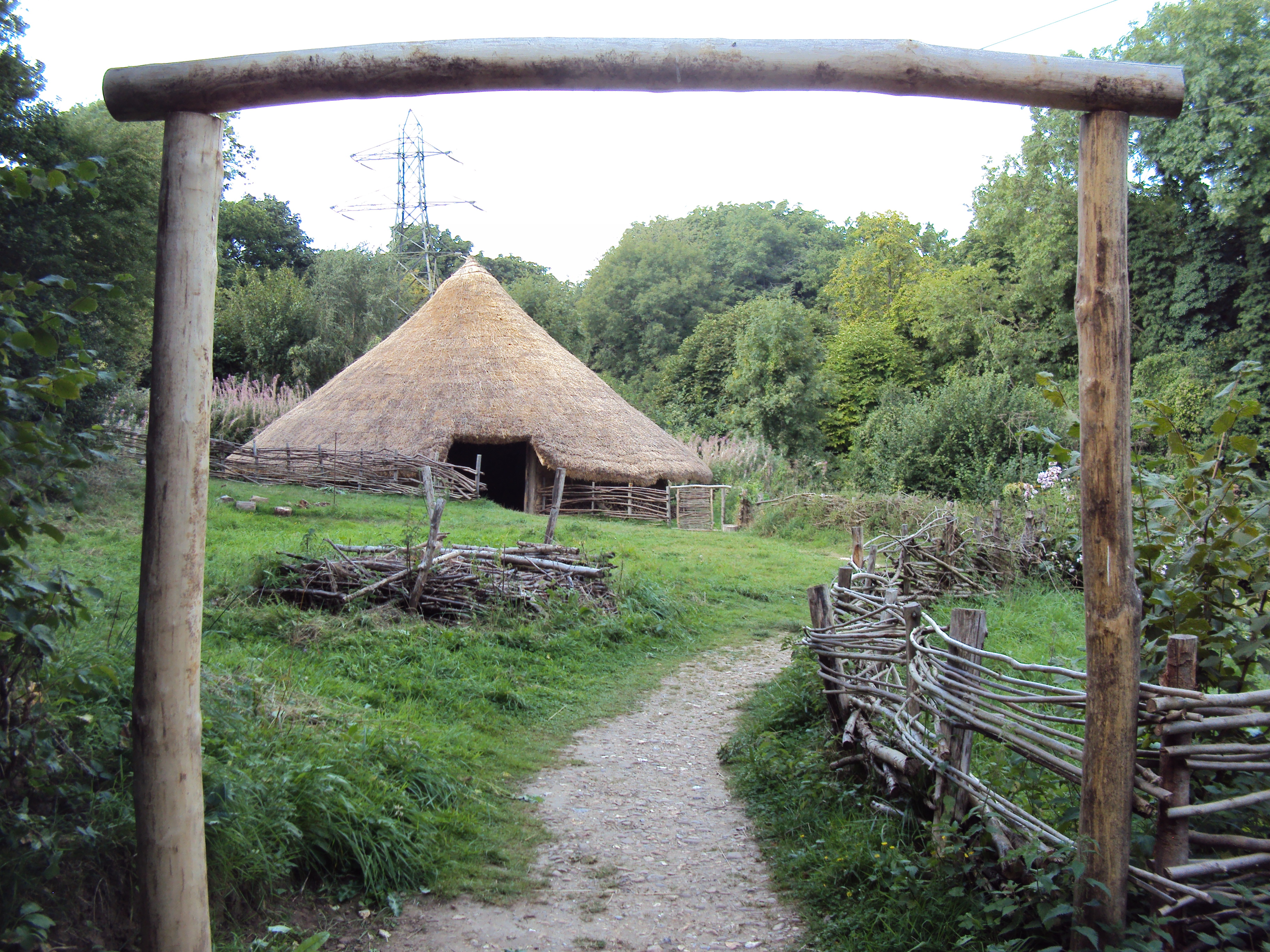Teachers are facing a lot of changes at the moment. We’re trying to help make it easier to deliver some of the new primary history curriculum by creating lesson plans, writing teacher information booklets and delivering teacher training on prehistory.
Prehistory is a huge time period. Up to now pupils have learned about the last 2000 years in school, with a little bit about Ancient Egypt and/or Greece thrown in to take it back maybe to about 3000 BC. This is a tiny percentage of the immensity of human history, which stretches back a couple of million years and in Britain, about 850,000 years. This is a huge job for teachers to take on. Which bits to teach? Which bits to leave out?
Archaeologists are over the moon that prehistory will finally be taught in primary schools, and Schools Prehistory have been fielding loads of interest from the archaeological world in the development of the curriculum. It comes on top of many years when archaeological graduates have not been accepted onto teacher training courses as not having a relevant qualification for teaching. Well, they do now.
We hope to make it as easy as possible for teachers who have very little knowledge of prehistory to teach it to young children. But we also want to equip teachers with the most up to date information about the study of prehistory, which is a very dynamic field, and about the history of the discipline, which is useful to discuss changing interpretations of the remote past. In the case of prehistory, you have to know something about its development to understand the basic division of Stone Age, Bronze Age and Iron Age.
Prehistory can only be investigated through archaeology, as, by definition, there are no historical records (though sometimes literate societies wrote about pre-literate ones). A knowledge about how archaeology works, how sites get found, and what scientific methods are used to record and study them will also be quite useful to the teacher charged with developing a term’s work on prehistory.
What’s particularly wonderful about studying prehistory is that there will be local sites that you can visit. Each county has a database of all these sites, known as a Historic Environment Record, and will be only too pleased to get enquiries from schools who want to find their local barrow or cairn, hillfort or mine. They’ll have reports on what is known about the site and pictures too.
This blog will be for sharing free resources; places to visit; case studies; exciting projects and information about people working in the field. Your feedback will help shape the blog, and the rest of the website.



